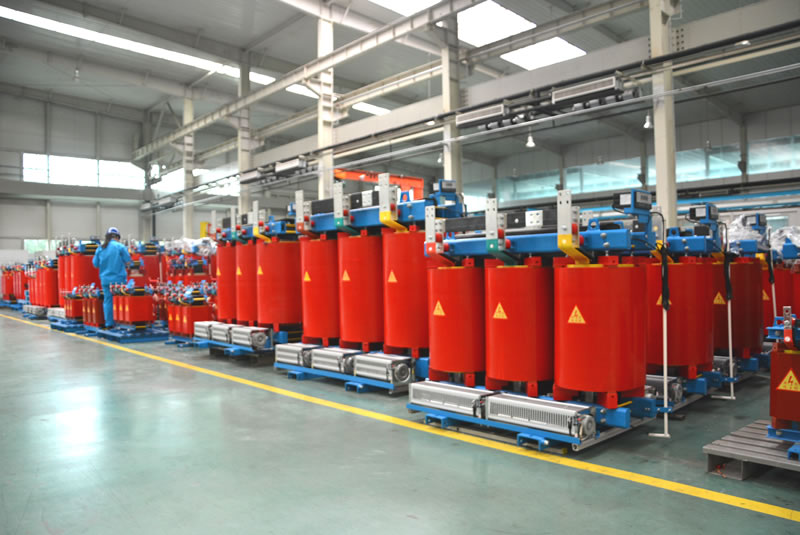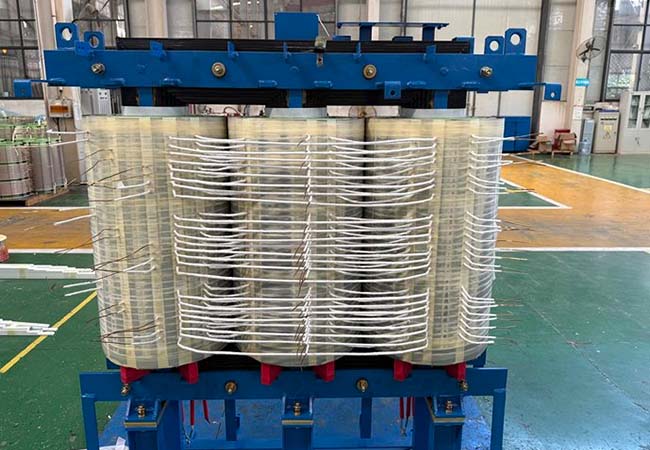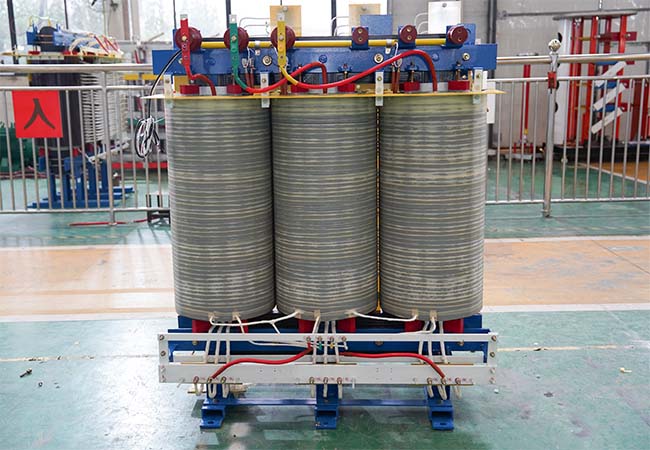Oil-Immersed and Dry-Type Transformers: Applications, Benefits and Selection Guide
01-20 2025 | By:
Oil-immersed transformers and dry-type transformers are two common types of transformers in power systems, and they have their own advantages in different applications and environments. Let me explain their applications, advantages, and purchase guides for you.
Oil-immersed transformers:
Application: Oil-immersed transformers are usually used in large power transmission and distribution systems, such as power stations, substations, etc. They perform well under high loads and long-term operation, and are suitable for places where stable power supply is required.
Advantages: The core of this transformer is immersed in insulating oil, which helps to reduce temperature, isolate and protect the coils. They are able to handle high voltages and large currents and have good overload capacity. In addition, oil-immersed transformers can effectively isolate noise and vibration, providing relatively high reliability.

Dry-type transformers:
Application: Dry-type transformers are suitable for places with high environmental requirements and need to prevent oil leakage, such as indoor power distribution, commercial buildings, and industrial facilities.
Advantages: Compared with oil-immersed transformers, dry-type transformers do not require insulating oil, so they are more environmentally friendly and more suitable for indoor installation. They are usually compact and can be installed in limited spaces. In addition, dry-type transformers have lower maintenance costs because there is no need to replace insulating oil regularly.

Selection Guide:
Application requirements: First, determine your application requirements. Consider your voltage and current requirements and the environment where the transformer will be installed.
Environmental conditions: If you need to install the transformer in a sensitive environment, such as indoors or where fire and explosion protection is required, a dry-type transformer may be more suitable. If used outdoors or in a large power system, an oil-immersed transformer may be more suitable.
Maintenance and cost: Dry-type transformers generally have lower maintenance costs because there is no replacement and disposal of insulating oil involved. But in some cases, the long-term operating cost of oil-immersed transformers may be lower.
Reliability and durability: Check the manufacturer’s reliability data and warranty policy to ensure that the transformer you choose can operate reliably and durably in your application.
Safety standards: Make sure that the selected transformer meets applicable electrical and safety standards to ensure safety during use.
In short, it is crucial to choose the right type of transformer according to your specific needs. Whether it is oil-immersed or dry-type transformers, they have their own advantages and can meet different application scenarios.
You may also find these interesting:


